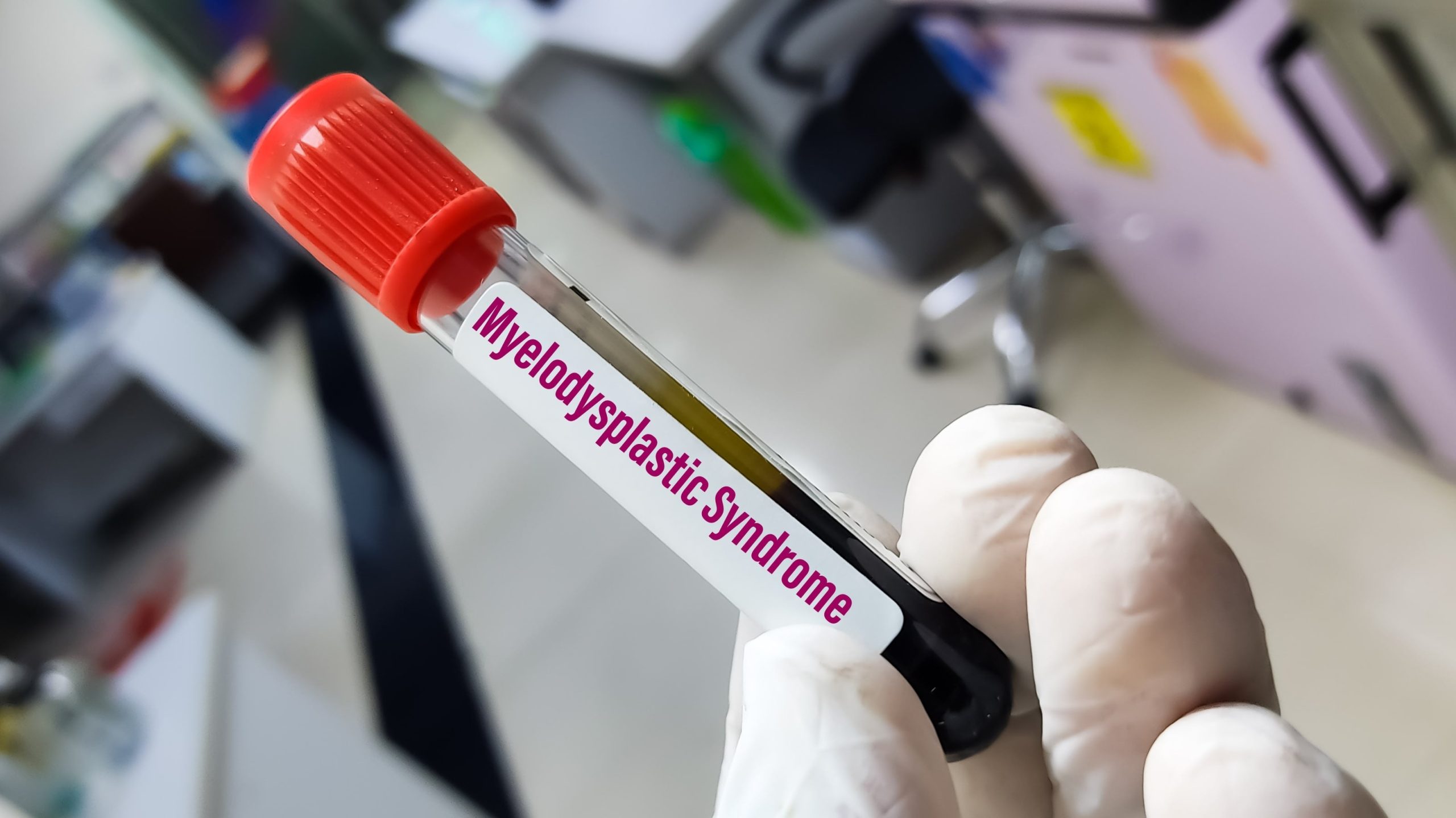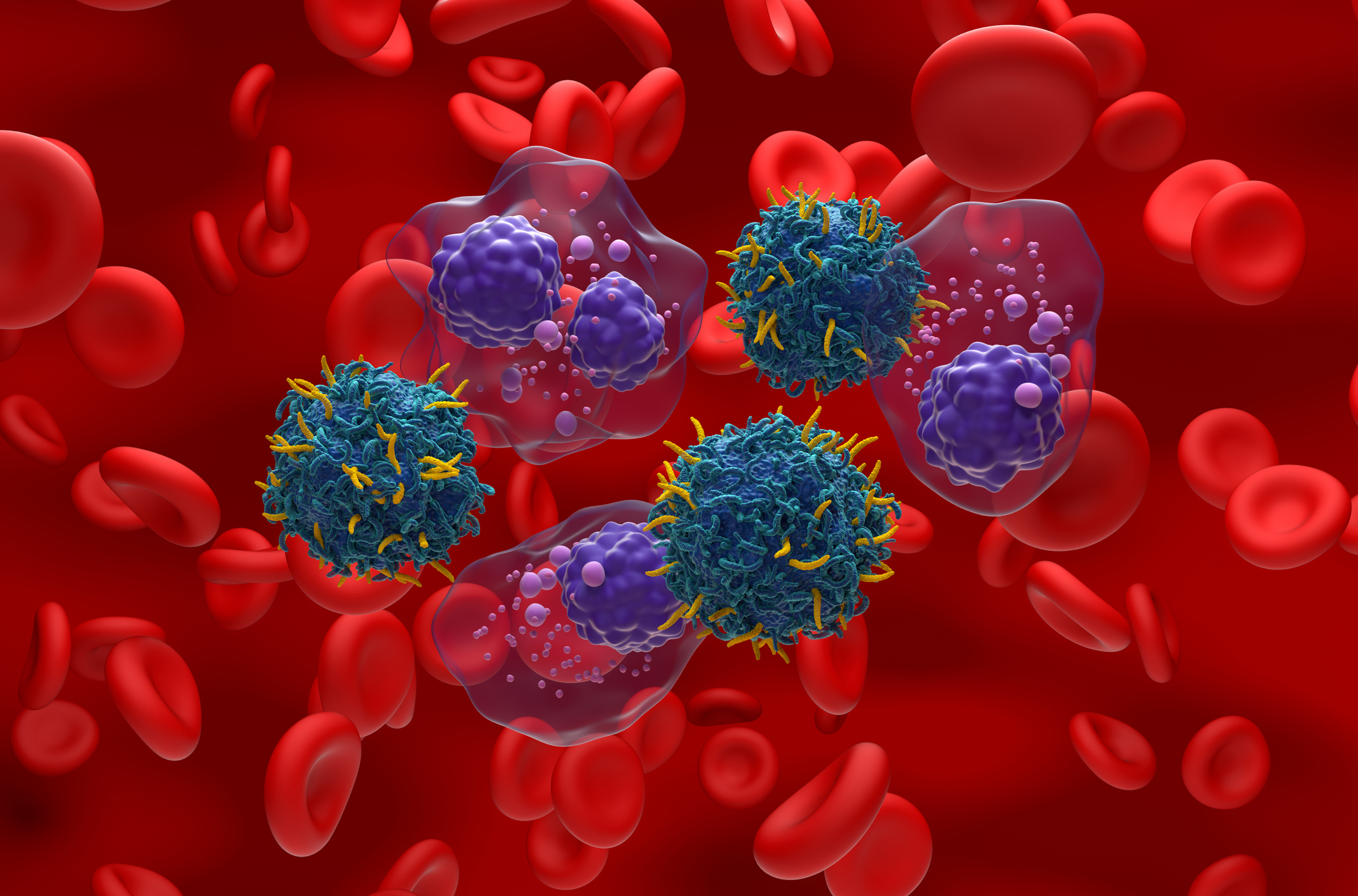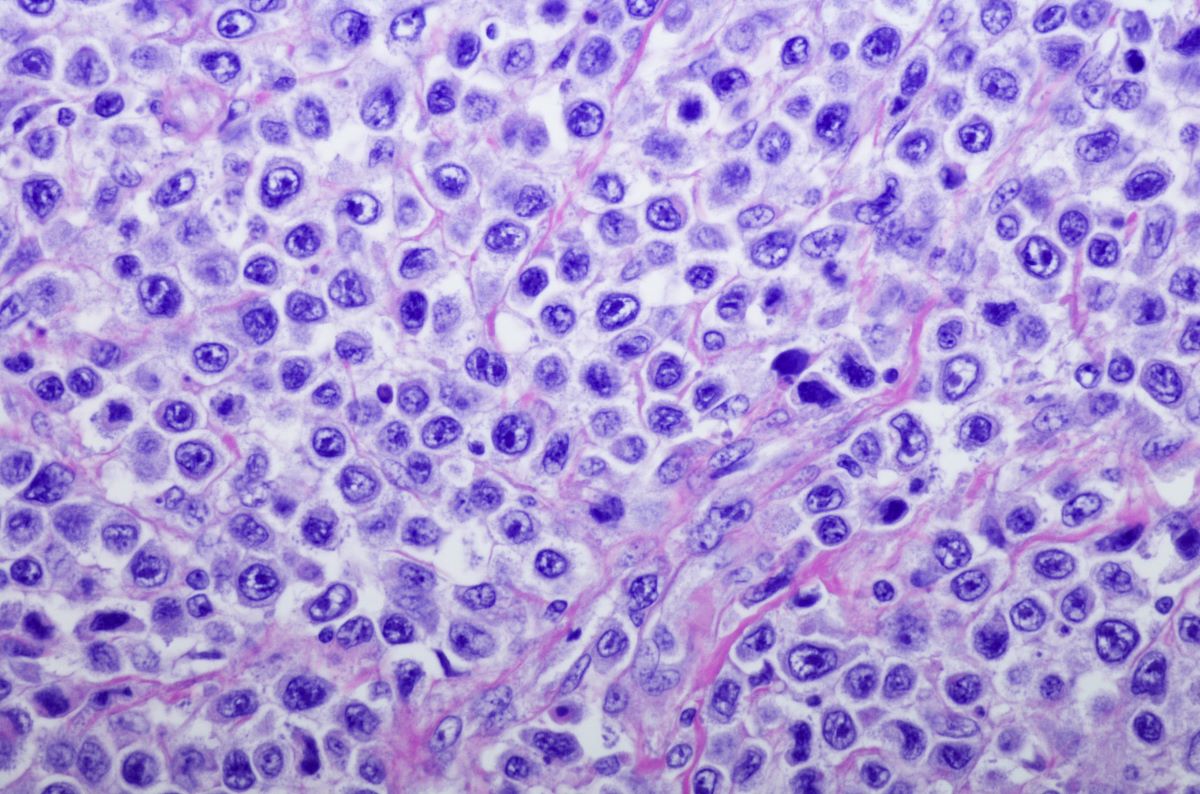
Variation between marrow blast quantification modalities can be substantial and could significantly affect treatment decisions in patients with myelodysplastic syndromes (MDS), according to research presented at the 2022 American Society of Hematology Annual Meeting.
Researchers from Heidelberg University in Mannheim, Germany, retrospectively assessed the differences in blast evaluation—an important component of MDS risk stratification under the revised International Prognostic Scoring System (IPSS-R)—for three different quantification methods: bone marrow cytology (BM-c), BM flow cytometry (BM-f), and BM histology (BM-h). In an analysis of 178 patients, they found discordance in blast counts that resulted in a significant IPSS-R category upgrade or downgrade for nearly half of the patients.
These IPSS-R category changes could have had a high impact on treatment decisions, reported Laurenz Steiner, MD, and colleagues. In the cohort of patients with blast discordance, the IPSS-R consequently failed to reliably stratify the cohort of patients with blast discordance between those with low-risk MDS (LR-MDS) and high-risk MDS (HR-MDS).
The study included MDS cases that had precise blast counts available for at least two methods. Of these, 79 cases (44%) had discordant results—a shift within the IPSS-R blast categories. In the 88 cases that had blast counts for all three methods, the results were concordant in 57 cases (65%). When blast counts were available in only two modalities (BM-c and BM-f), blast counts were similar in only 26 (54%) of 48 cases.
Delving further into the data, the researchers observed that in the 58 cases with blast count discordance and availability of BM-c, 19 (33%) had no change in IPSS-R category, 25 (43%) had a downgrade in IPSS-R category, and 14 (24%) had an upgrade in IPSS-R category when either BM-f or BM-h were applied instead of BM-c.
In individual cases, a possible shift of the IPSS-R category resulted in re-stratification from LR-MDS (IPSS-R very low, low, or intermediate) to HR-MDS (IPSS-R high or very high) in three (8%) of 39 cases and from HR-MDS to LR-MDS in eight (21%) of the cases, according to the researchers. Furthermore, the IPSS-R failed to stratify between LR-MDS and HR-MDS with regard to overall survival in the cohort of 58 patients with blast count discordance, according to the researchers. That was not the case, however, the overall patient cohort.
The researchers concluded that “blast enumeration is clearly highly vulnerable and its value on risk-stratification should be down-graded, which is the case in the new [the recently published Molecular IPSS] (IPSS-M).”
Reference
Steiner L, Kaur N, Streuer A, et al. Inter-modality variance of blast quantification in patients with myelodysplastic syndrome (MDS) and its impact on risk stratification and overall survival. Abstract #4416. Presented at the 64th American Society of Hematology Annual Meeting, December 10-13, 2022; New Orleans, Louisiana.






 © 2025 Mashup Media, LLC, a Formedics Property. All Rights Reserved.
© 2025 Mashup Media, LLC, a Formedics Property. All Rights Reserved.